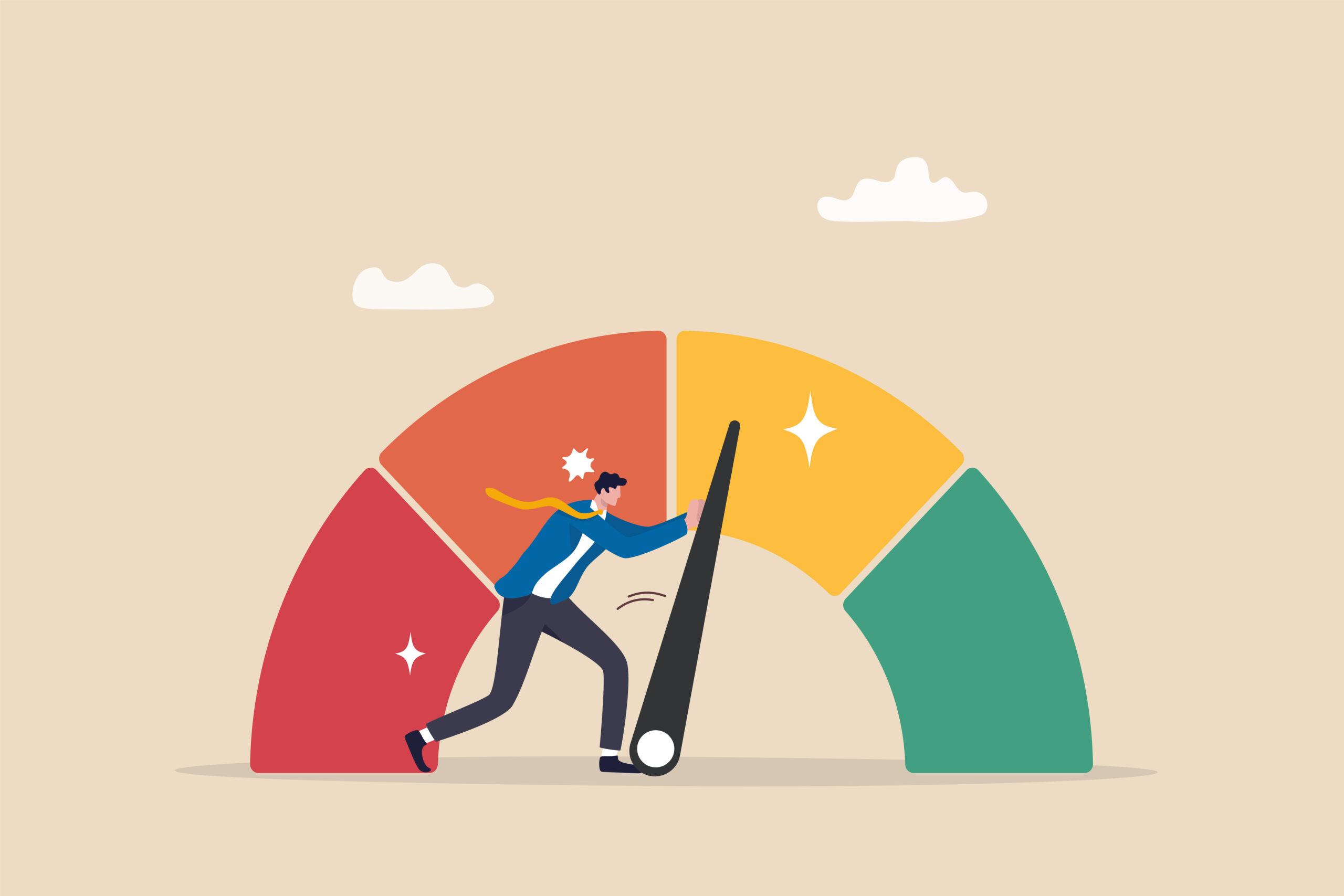Your credit score plays a crucial role in your financial life, affecting everything from loan approvals to interest rates. While paying bills on time is a well-known factor, other everyday habits could unknowingly shape—or sabotage—your credit score. Some of these behaviors may seem minor, but they can have lasting effects on your financial reputation.
Here are seven lesser-known habits that could make or break your credit score.
1. Paying Your Credit Card Bill More Than Once a Month
Many assume that paying their credit card balance once a month is enough, but splitting payments into multiple smaller amounts throughout the month can reduce your credit utilization at key reporting times. Lower utilization signals responsible credit use and can boost your score.
For example, if your total credit limit across all your cards is $10,000 and you consistently carry a balance of $3,500, your credit utilization rate sits at 35%. This can negatively impact your score. However, if you make mid-cycle payments to reduce the balance before your statement closes, you can lower your utilization rate and improve your credit standing.
2. Keeping Old Credit Cards Open
Closing a credit card may seem harmless, but it can shorten your credit history and increase your credit utilization ratio. Lenders prefer to see a long credit history because it reflects stable financial management.
For instance, if you close a card with a $5,000 limit and have another card with a $5,000 limit, your total available credit drops from $10,000 to $5,000. If you’re carrying a $2,500 balance, your utilization rate jumps from 25% to 50%, which can hurt your credit score.
If the card has no annual fees, keeping it open—especially a well-managed, long-standing account—can strengthen your credit profile.
3. Negotiating Lower Interest Rates
High interest rates can lead to financial strain and missed payments, which negatively impact your score. Some lenders may agree to reduce rates if you’ve been a responsible borrower, potentially making debt repayment more manageable.
Here’s how you can negotiate:
- Call your lender and ask if they can lower your interest rate based on your payment history.
- Mention competitor rates—if you’ve received lower-rate offers from other banks, use them as leverage in negotiations.
- Consider a balance transfer—moving your debt to a card with a lower or 0% introductory interest rate can help save on interest while you pay down the balance.
Even a small reduction in interest rates can result in significant savings and help you maintain timely payments.
4. Avoiding Too Many Hard Inquiries
Each time you apply for credit, lenders perform a hard inquiry that slightly lowers your score. If you’re applying for multiple loans or credit cards in a short period, these inquiries can add up and signal financial distress to lenders.
For instance, if you apply for several credit cards in one month, your score might drop a few points for each inquiry. While these effects are temporary, excessive inquiries can create a perception that you’re a risky borrower.
A better approach is to research loan options and apply selectively rather than submitting multiple applications simultaneously.
5. Diversifying Your Credit Mix
Your credit mix—the variety of credit accounts you manage—can affect your score. Lenders like to see a balance of different types of credit, including credit cards, installment loans (such as personal loans or auto loans), and mortgages.
A diverse credit portfolio shows that you can responsibly handle different forms of debt. If you only have credit cards and are considering a loan for a larger purchase, adding an installment loan could improve your credit mix and strengthen your score over time.
6. Monitoring Your Credit Reports Regularly
Errors or fraudulent activity can go unnoticed if you don’t check your credit reports frequently. Regular monitoring allows you to catch mistakes early and dispute inaccuracies before they hurt your score.
You can access a free credit report weekly from each of the three major bureaus—Equifax, Experian, and TransUnion—at AnnualCreditReport.com.
Look for common errors such as:
- Incorrect account information
- Unauthorized credit inquiries
- Unfamiliar charges
If something looks wrong, dispute it directly with the credit bureau to have it investigated and corrected.
7. Reducing Credit Utilization Below 30%
Your credit utilization ratio measures how much of your available credit you’re using, and it significantly impacts your credit score. High balances can indicate financial strain to lenders and lower your score.
Ideally, you should aim to use less than 30% of your total available credit. If your credit limit is $10,000, keeping your balance below $3,000 can help maintain or improve your score.
Strategies to lower utilization:
- Make larger payments—pay more than the minimum amount due to reduce balances faster.
- Request a credit limit increase—this can lower your utilization ratio, but only if you avoid adding new debt.
- Spread out spending—if one card is nearing its limit, consider shifting expenses to another with lower usage.
Maintaining low utilization demonstrates financial responsibility, making lenders more likely to offer favorable terms.
Credit scores are shaped by a mix of financial behaviors—some of which are easy to overlook. By adopting these habits, you can make meaningful improvements to your credit standing and unlock better financial opportunities.
Taking control of your credit score doesn’t require drastic changes; small, strategic adjustments to your financial habits can lead to lasting benefits.


Leave a Reply